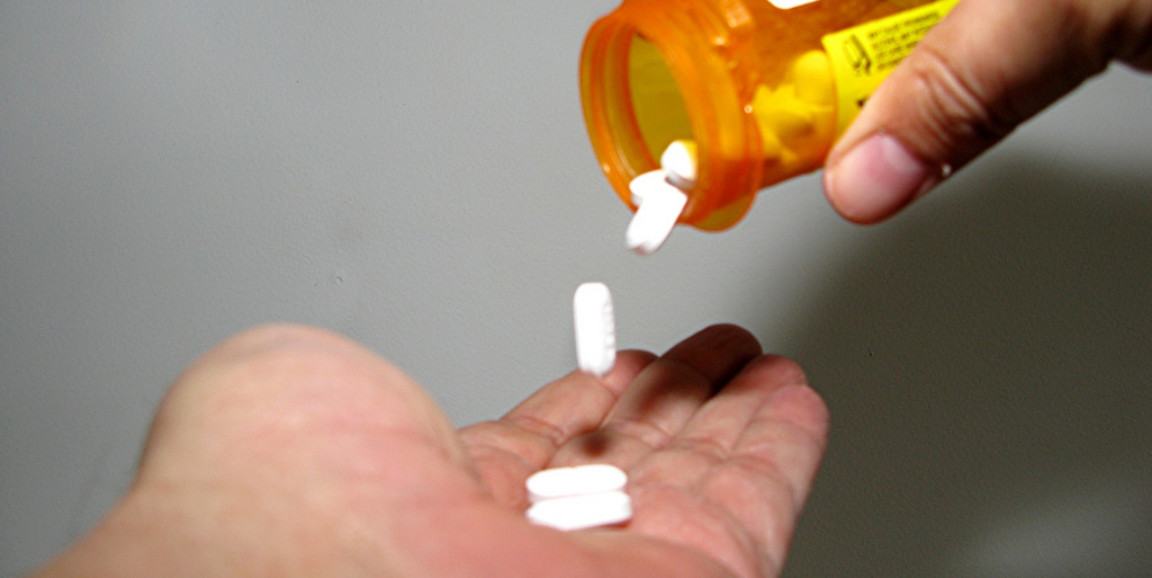Reports on the opioid epidemic are a fixture these days in national and local news.
But in a perspective published last week in The New England Journal of Medicine, Stanford's Anna Lembke, MD, along with co-authors Jennifer Papac, MD and Keith Humphreys, PhD, highlights a lesser-known national problem with benzodiazepines, a class of drugs approved for treating anxiety, insomnia and seizures, among other ailments.
I recently caught up with her to learn the latest on this emerging issue, along with where the opioid epidemic stands and what we can expect in the future.
Your essay calls attention to “Our Other Prescription Drug Problem.” What should the public know about benzodiazepines?
Benzodiazepines -- Xanax, Klonopin, Ativan -- are the hidden prescription drug epidemic in this country. The number of adults who filled a benzodiazepine prescription increased by 67 percent between 1996 and 2013. The risk of death goes up nearly four-fold when benzos are combined with opioids, yet rates of co-prescribing benzos plus opioids nearly doubled between 2001 and 2013. Overdose deaths involving benzodiazepines increased more than seven-fold between 1999 and 2015.
Benzodiazepines work well when used intermittently and for less than one month at a time, but when taken daily for an extended period of time, they stop working and can make anxiety and insomnia worse. They’re also highly addictive, and can contribute to cognitive decline, accidental injuries, and death.
High-potency benzodiazepines synthesized in illegal laboratories and available online from illegal websites, shipped right to your door, are a growing and scary trend. Just as overprescribing of opioids contributed to heroin and illicit fentanyl use and related mortality, benzodiazepine overprescribing may be contributing to a new problem of illicit, lethal benzodiazepine use.
In addition to this development, the opioid epidemic is far from over. Have there been signs of improvement?
It’s remarkable to me that opioid prescribing has decreased only about 15 percent since its peak in 2012, despite the CDC having declared an opioid epidemic in 2011, and despite heightened awareness of the dangers of opioids. In other words, we haven’t made much progress.
Now we’re facing the second wave of the epidemic, with rising death rates due to heroin and illicit fentanyl.
You were interviewed for "Do No Harm: The Opioid Epidemic," a new documentary that highlights the origins of the crisis and its impact on individuals. What do you think the general public should understand about opioid addiction?
Anybody can become addicted to opioids through a doctor’s prescription, even if you don’t have a personal or family history of addiction. I’ve seen that countless times in my clinical practice… So be a wary consumer of opioids and benzodiazepines, and don’t rely on your doctor to explain or even know the risks.
If you do become addicted, remember there’s good treatment. Seek the help of a professional. You’re not alone.
Has there been a response from the medical community that you think is promising?
The silver lining of the opioid epidemic, if a silver lining can be found for a public health tragedy that has harmed millions, is the interest among medical students, residents and health care professionals, to learn more about addiction medicine. Here at Stanford we are working with our EdTech department to create an addiction medicine curriculum for first- and second-year medical students. We have created a free online enduring continuing medical education (CME) course on the opioid epidemic, and are finishing up another free online CME course on how to taper patients off of chronic opioid therapy.
I’m also very excited about the movements to integrate addiction medicine treatment into primary care, and to promote utilization of the prescription drug monitoring database, which allows prescribers to see all the prescriptions for a controlled (addictive) medication for a given patient in a given geographic region.
What is your prognosis for the future?
I think that human beings are creative and adaptable. We’re natural problem solvers. I’m optimistic we’re going to be able to figure this out, but I think it’s going to take a long time. I think we’re looking at at least another decade or two of epidemic proportions before we really get this conflagration under control.
Photo by frankieleon




